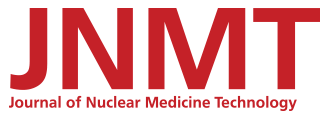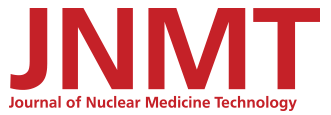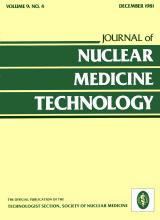Abstract
The opinions of technologists on the use of syringe shields were surveyed. The majority of respondents felt that syringe shields significantly reduced radiation exposure and should be used. Of five general categories of syringe shields, the thin wall lead or tungsten and leaded glass window shield was used most frequently. The 100% leaded glass shields were used half as often (almost as consistently as the thin wall type) and received the highest ratings for a variety of syringe shield characteristics. Lead shield or wrapping with no viewing window was used the least and received the poorest ratings.







